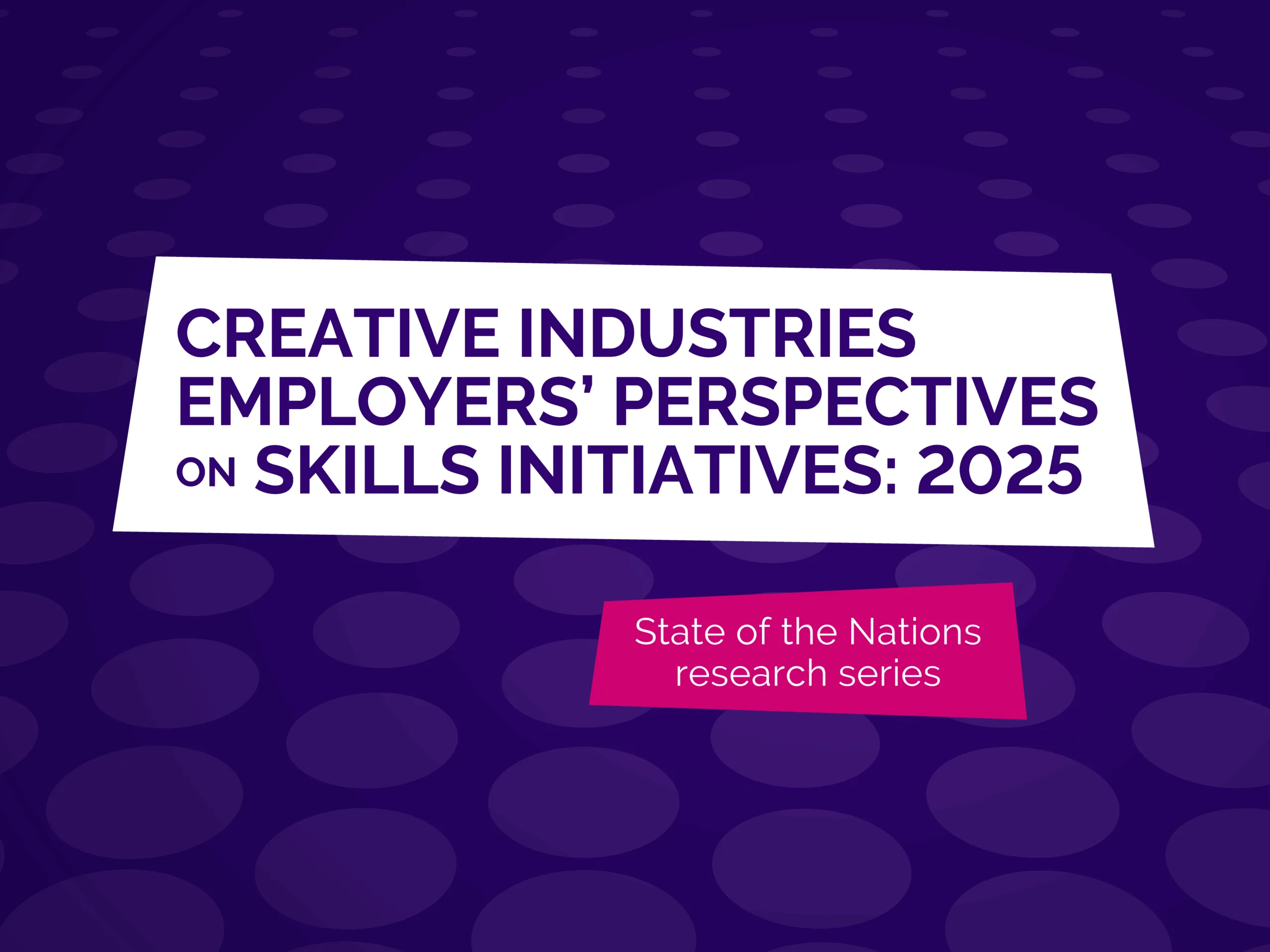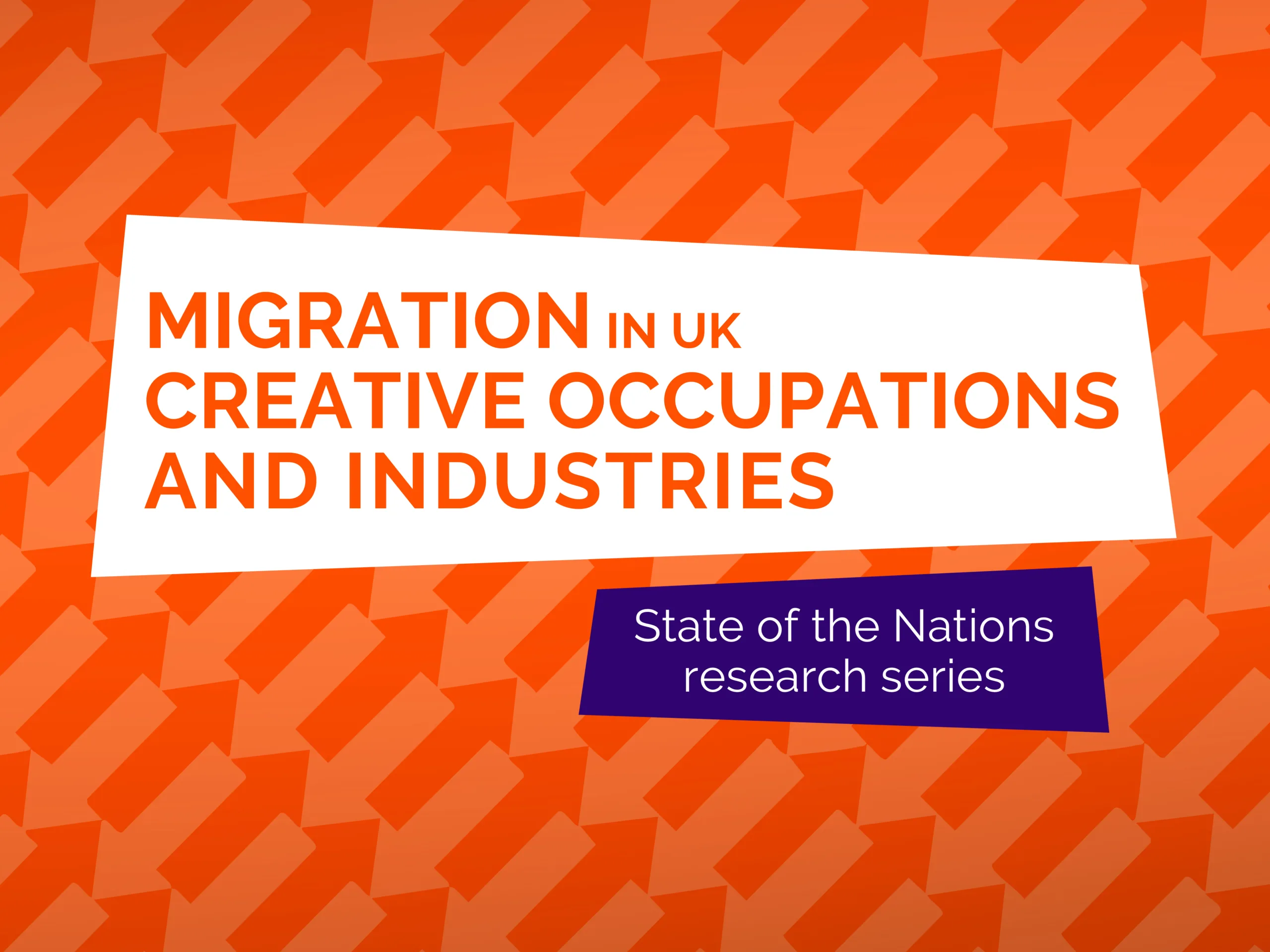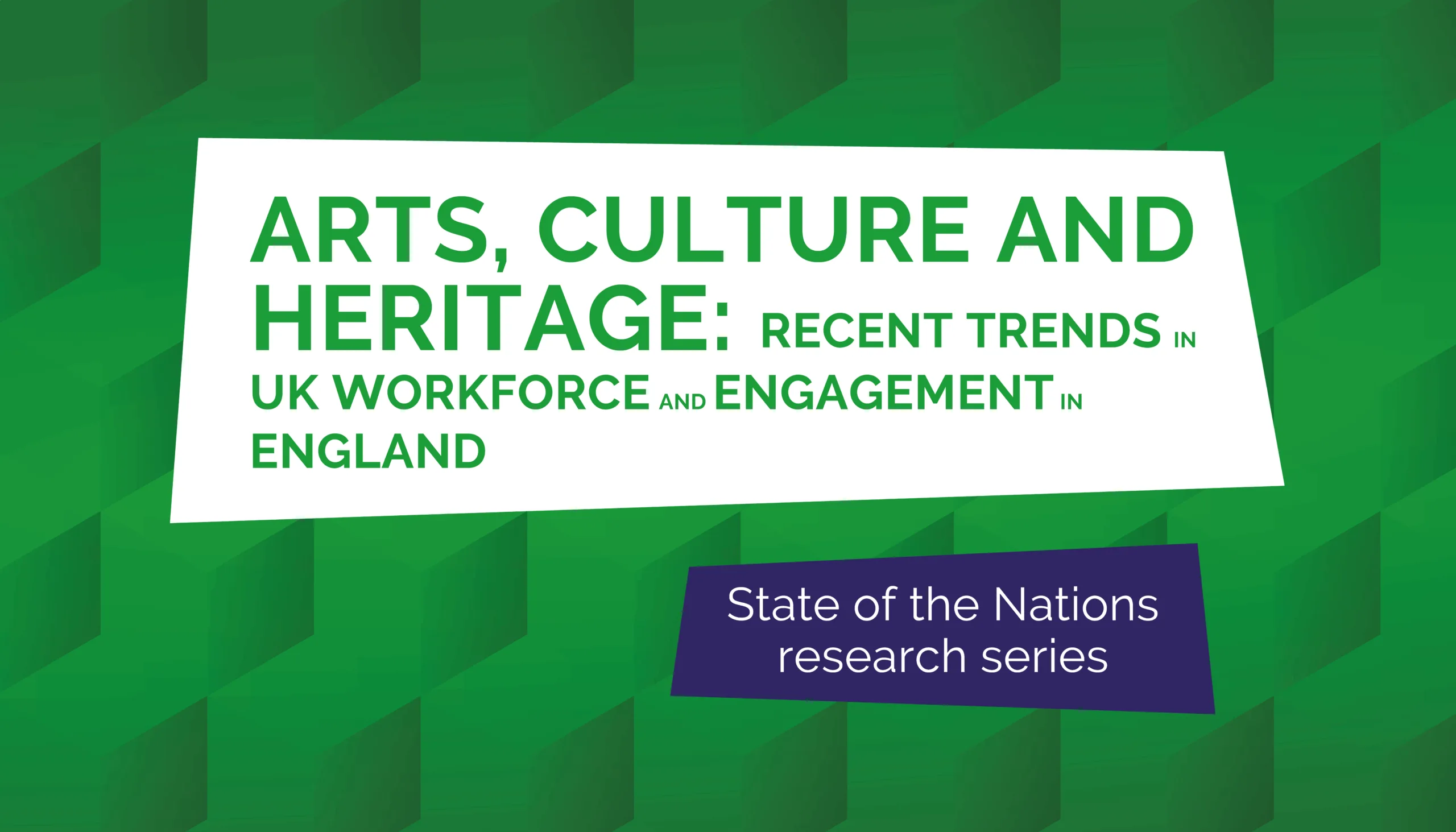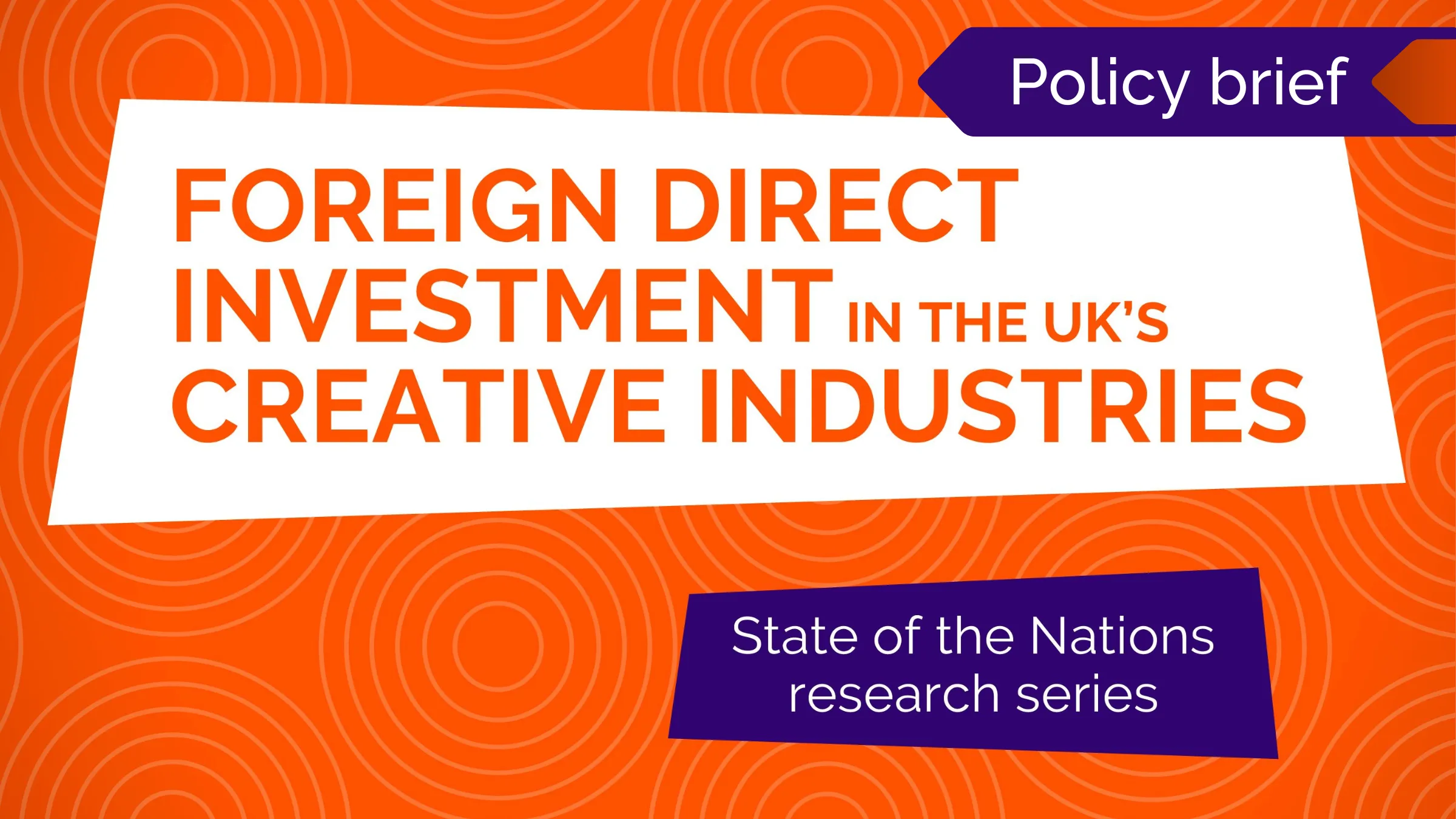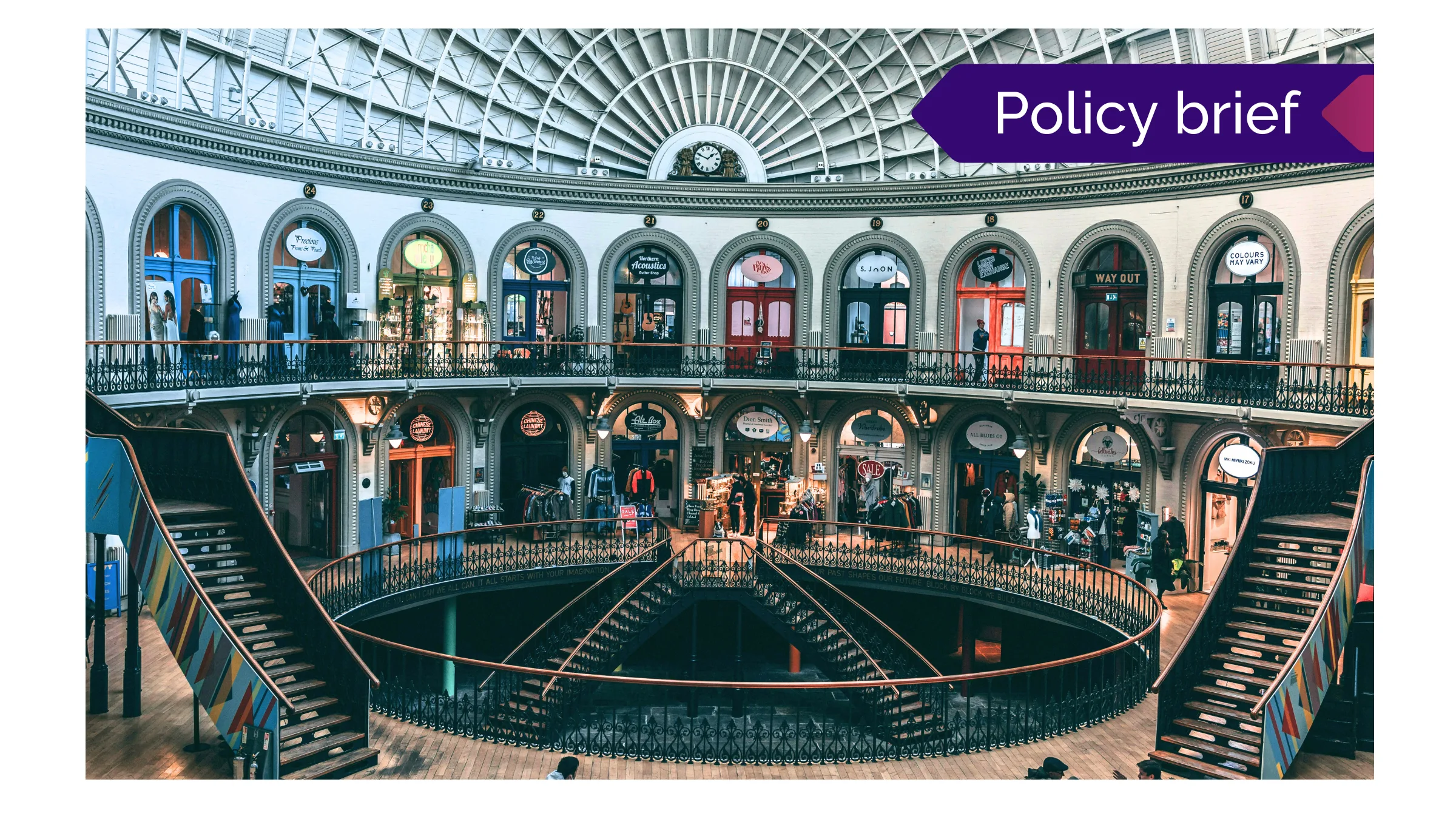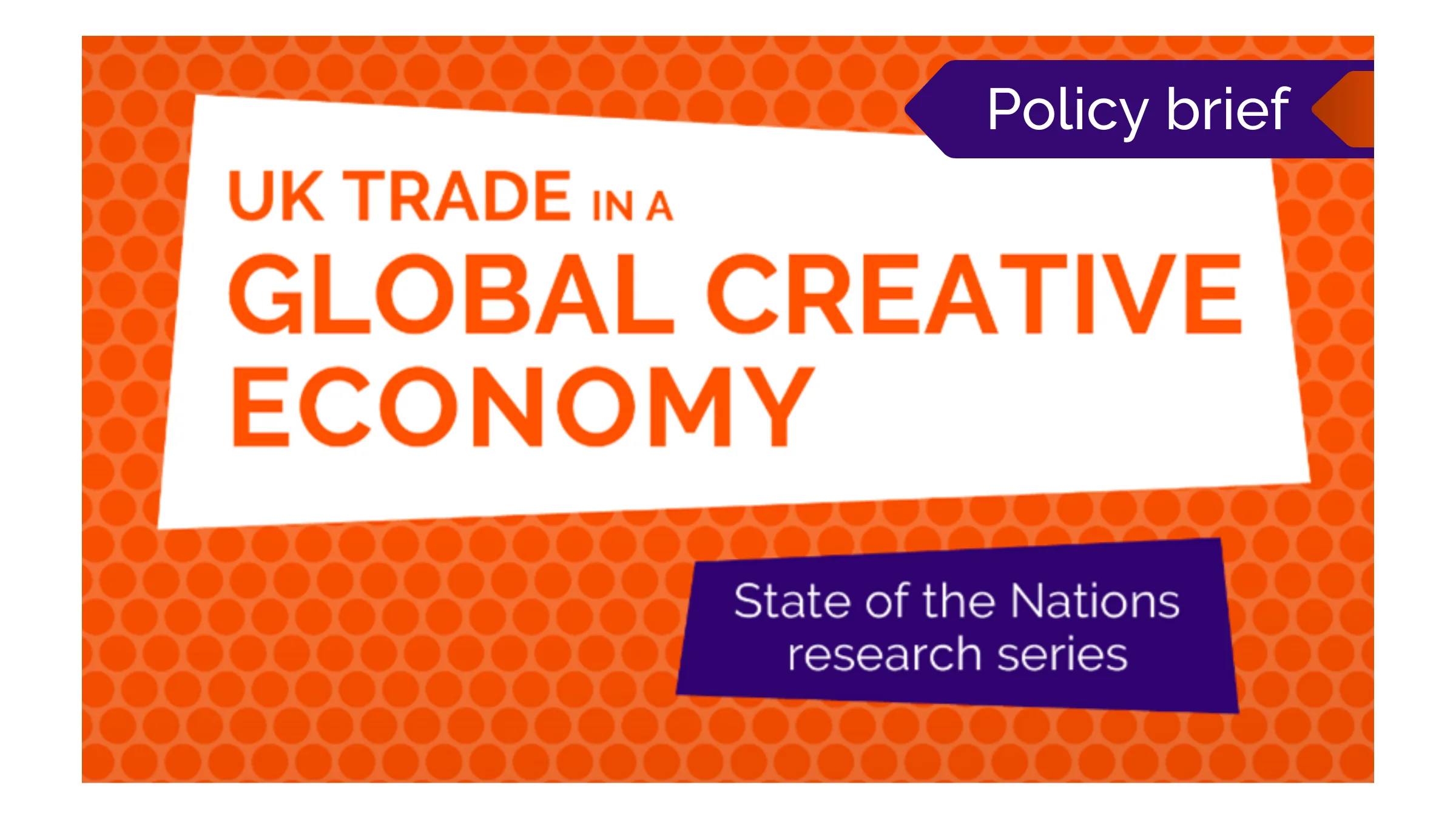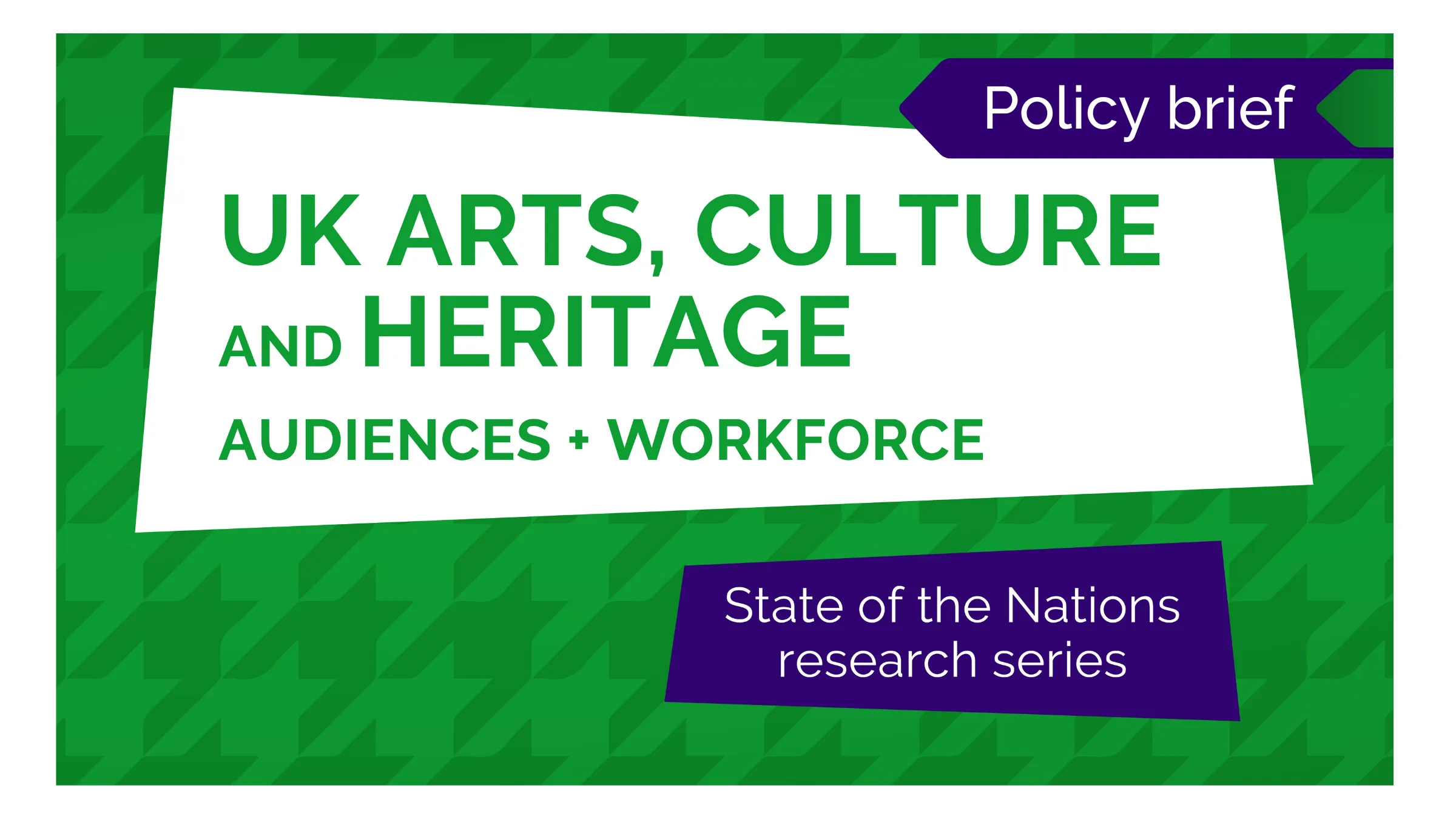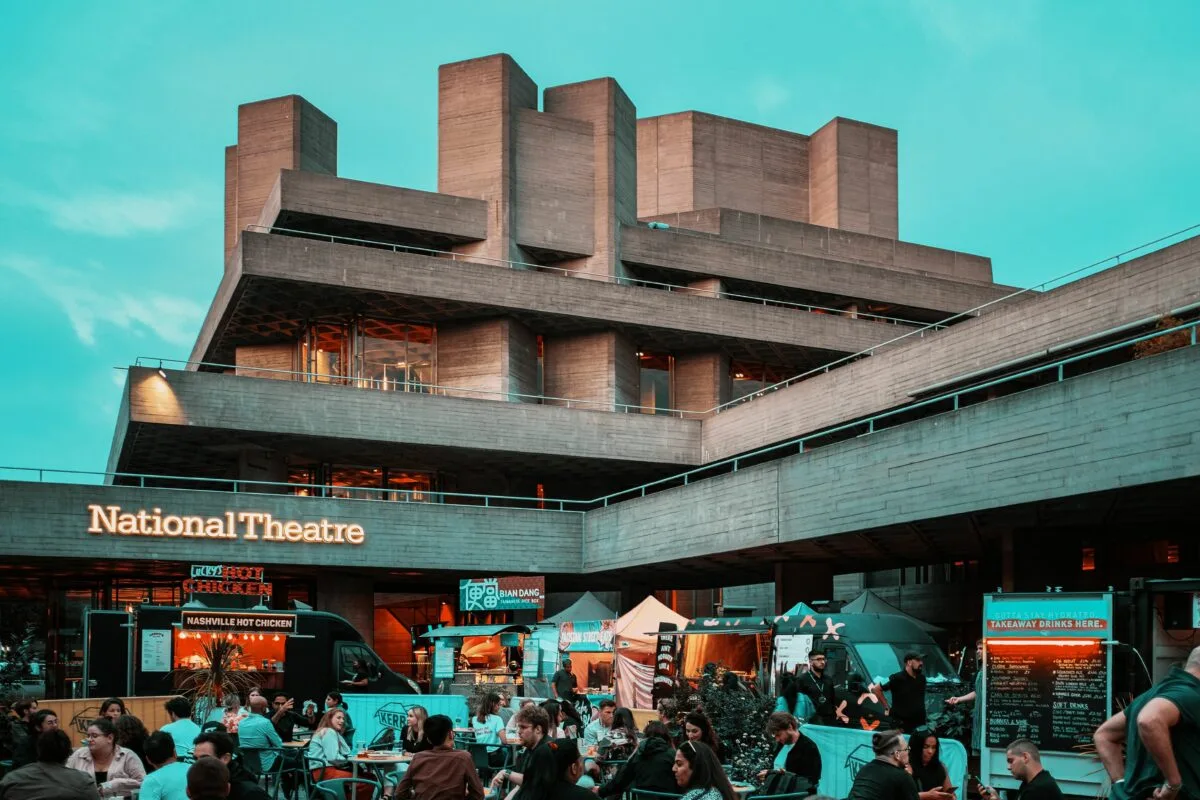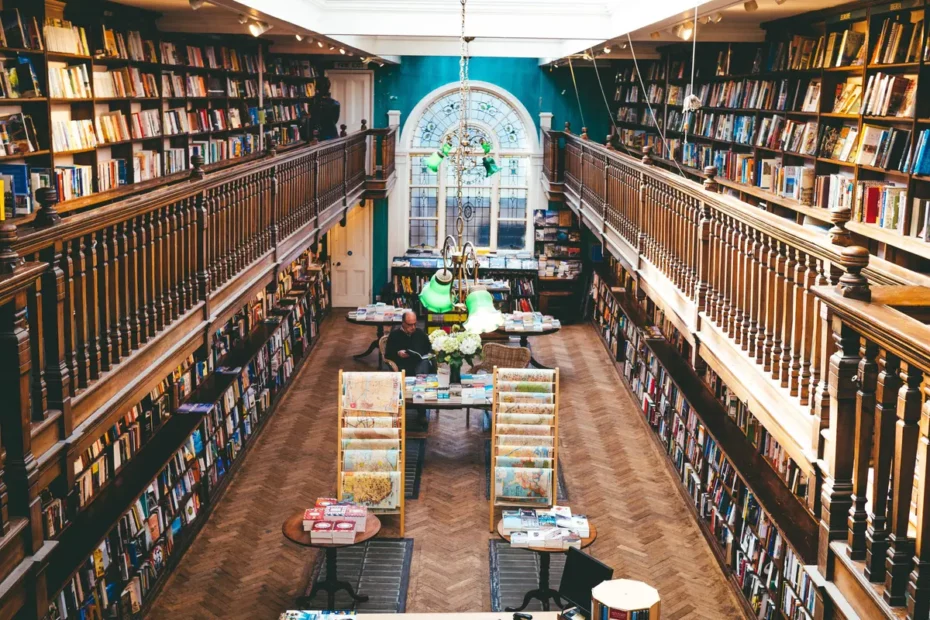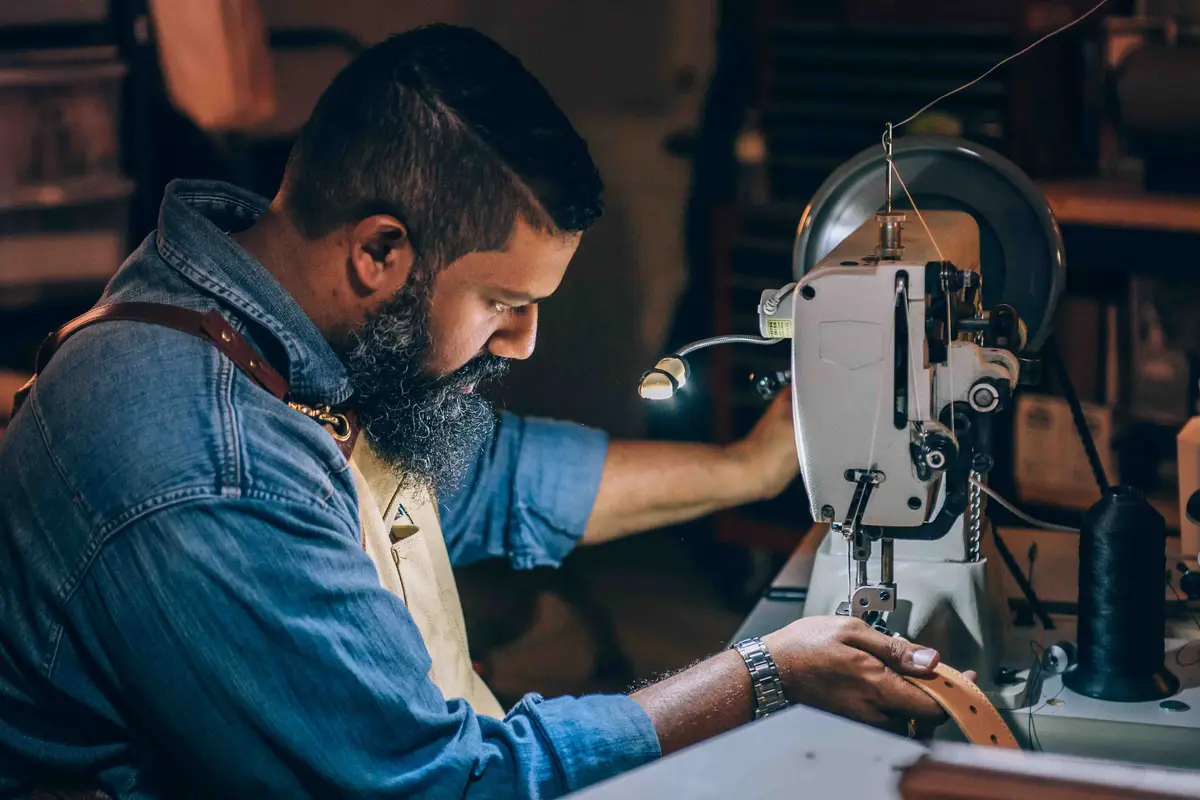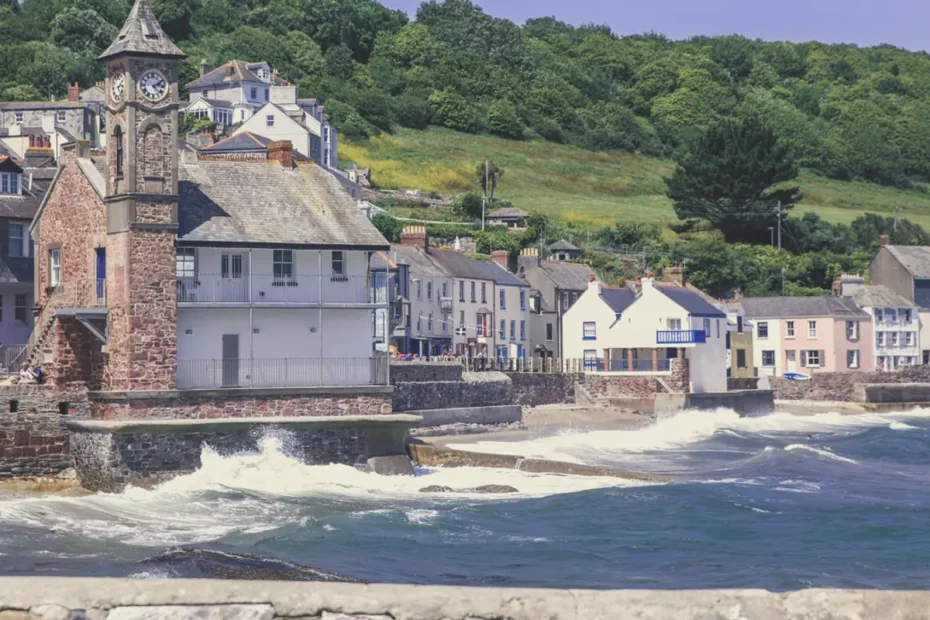Creative technologies (“CreaTech”) will play an increasingly big role driving innovation and growth in the creative industries. The pandemic has only accelerated investment and interest in CreaTech, particularly in culture, entertainment, communication and ecommerce markets.
An example of CreaTech is Virtual Reality, a technology with a wide range of uses, from consumer products like VR headsets, to software to help architects visualise and plan their building projects.
Previous research from Tech Nation, that complements research from the PEC, has found that there is a growing demand for employees who can fill CreaTech roles. Increasingly, businesses are looking to hire people that can combine the creativity and technology skills that are intrinsic to CreaTech.
This new research paper, from Nesta and PEC researcher Juan Mateos-Garcia, and supported by the AHRC, approaches CreaTech from a new angle. Through an analysis of the largest public research database, Gateway to Research (GtR), and using machine learning methods, the paper examines and maps the spread of CreaTech activities – research, investment, and innovation – around the UK.
The research explores the amount of publicly funded CreaTech R&D, the sectors and organisations involved in CreaTech, and the way in which CreaTech research and investment has evolved over time.
Map illustrating the concentration of CreaTech projects around the UK
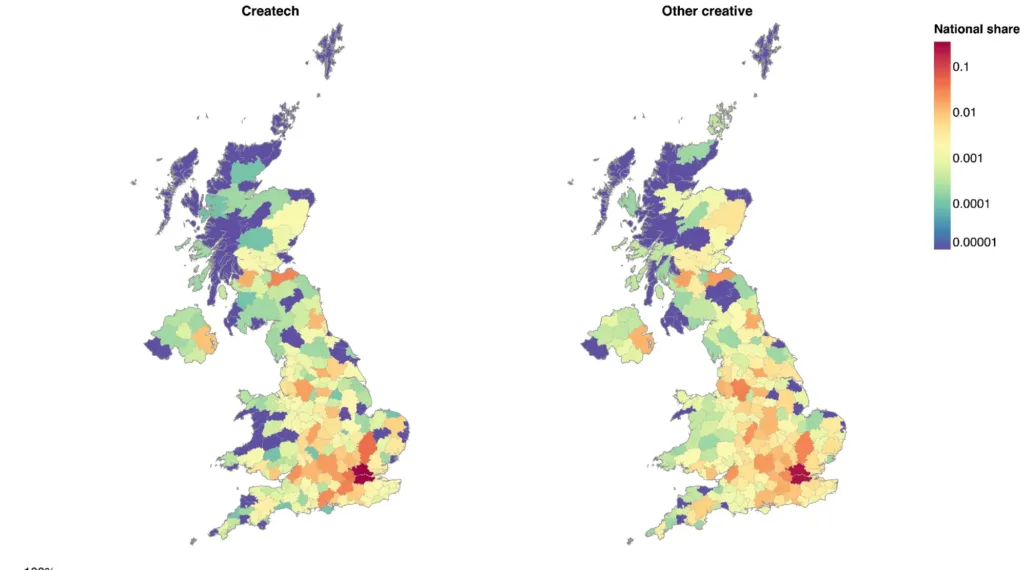
The research finds that:
- Createch activity isn’t just in the creative industries: more than half of organisations involved in createch projects are in SIC codes outside the creative industries
- IT, Software and Computer services is the biggest creative sector participant in createch projects, accounting for 62% of creative projects
- Research into createch is accelerating at a rapid pace. In 2020, createch projects represented 3.6% of the total in GtR – a 50% increase compared with 2019. 4
- Many of the createch research projects have responded to challenges and opportunities created by the COVID-19 crisis. 40% of the createch projects started in 2020 mention terms related to COVID-19, compared with 10% of non-createch projects.
- Most createch research happens in a few, concentrated places around the UK, mainly London, the South East, and Edinburgh. Createch research projects are even more geographically concentrated than other research activities involving the creative industries: the top ten locations account for 65% of createch research compared with 49% of non-createch creative research.
- Createch projects tend to have a higher degree of disciplinary crossover than a baseline of projects involving creative industries outside of createch.
- Large public institutions including libraries and museums and particularly the BBC play a central role in createch collaboration networks.
You can get in touch with the author on twitter @JMateosGarcia
Please reference this paper as:
Mateos-Garcia, J. (2021) Mapping the R&D landscape for creative technologies. London: Creative Industries Policy and Evidence Centre and Nesta.
Available from: https://pec.ac.uk/policy-briefings/mapping-the-r-d-landscape-for-creative-technologies
Related Policy Briefings
Policy Brief: Creative Industries Employers’ Perspectives on Skills Initiatives: 2025
Overview The Government’s new Industrial Strategy sets a long-term, sector-focused approach to skill…
Policy Brief: Migration in UK Creative Occupations and Industries
Overview The UK’s creative industries are internationally oriented, a fact that’s reflected in its e…
Policy Brief: Arts, Culture and Heritage: Recent Trends in UK Workforce and Engagement in England
Overview Five years after the Covid-19 pandemic, engagement and employment in the arts, culture and …
Policy Brief: Foreign Direct Investment in the UK’s Creative Industries
Read the Policy Brief based on the most recent State of the Nations Report on FDI.
Policy Brief: Insights from the Northern Creative Corridor Workshops Sprint
The Northern Creative Corridor is an initiative aimed at connecting creative clusters across Norther…
Policy Brief: International Trade and the UK Creative Industries
This policy brief examines international trade in the UK creative industries. Drawing on our UK Trad…
Policy brief: Audiences and Workforce in Arts Culture and Heritage
This policy brief uses census data to provide, for the first time, a comprehensive analysis of audie…
Policy Brief: Transitioning to Sustainable Production across the UK Theatre Sector
This policy brief outlines recommendations for transitioning to more sustainable theatre production …
Authors’ Earnings in the UK
This policy briefing sets out areas for possible policy action, proposed by the researchers at CREAT…
Television production, international trade and pressures to consolidate
The UK television production sector is one of Britain’s leading creative export sectors. This briefi…
Three ways to support growth in the creative industries
Three ways to support growth in the creative industries The Creative Industries are an economic powe…
Policy briefing: Creative industries innovation in seaside resorts and country towns
This policy brief is based on a PEC Discussion Paper: Creative Industries Innovation in Seaside Reso…

